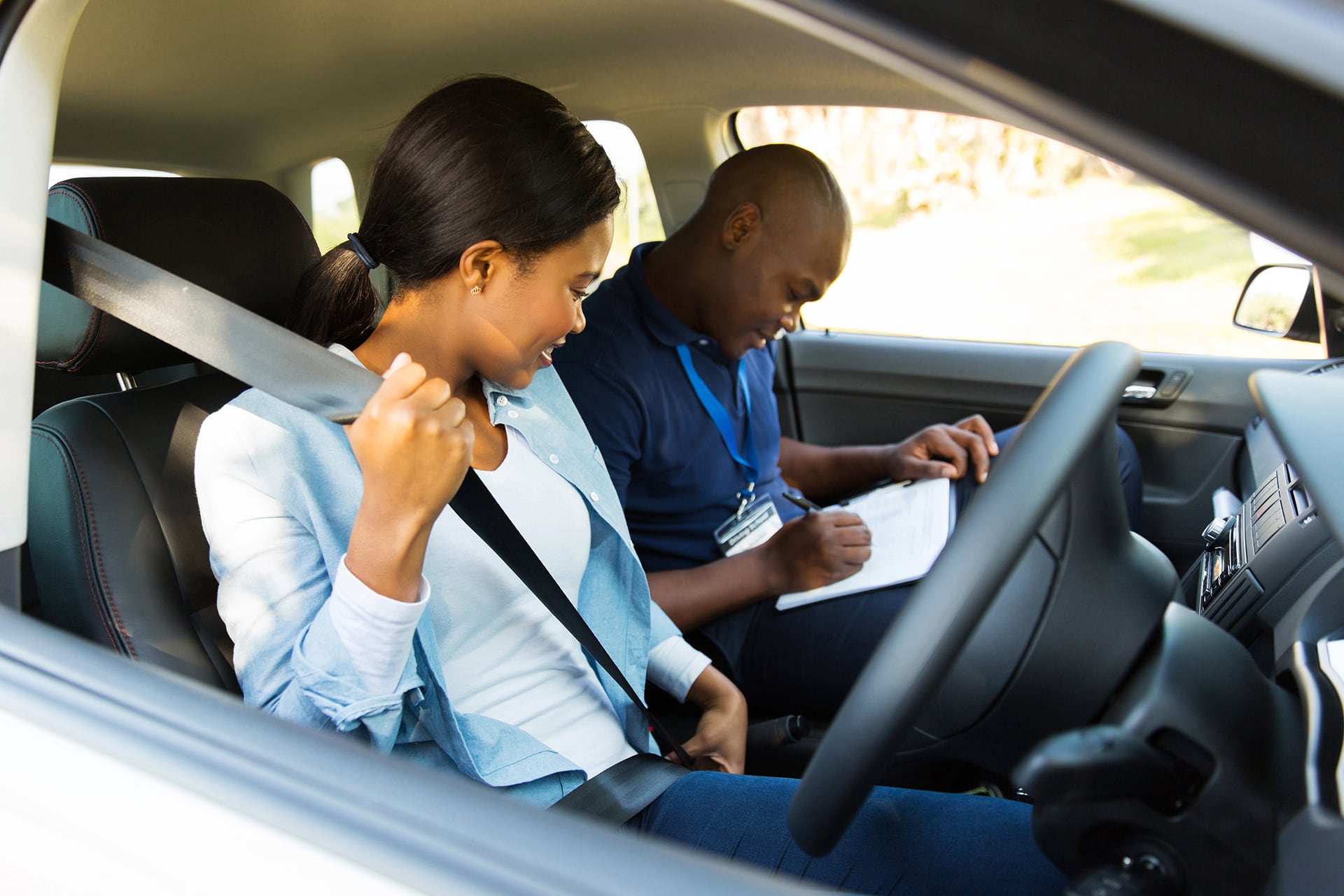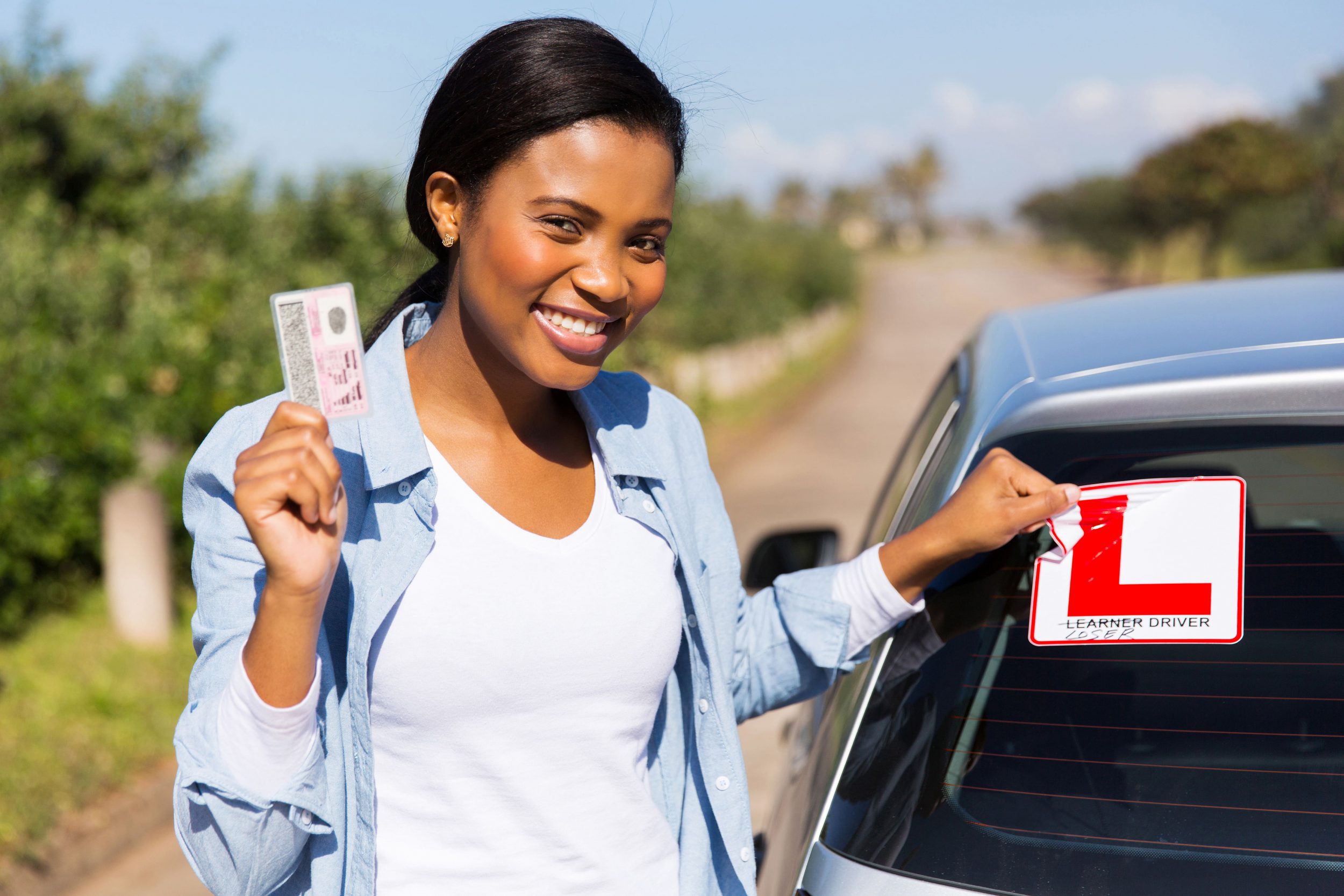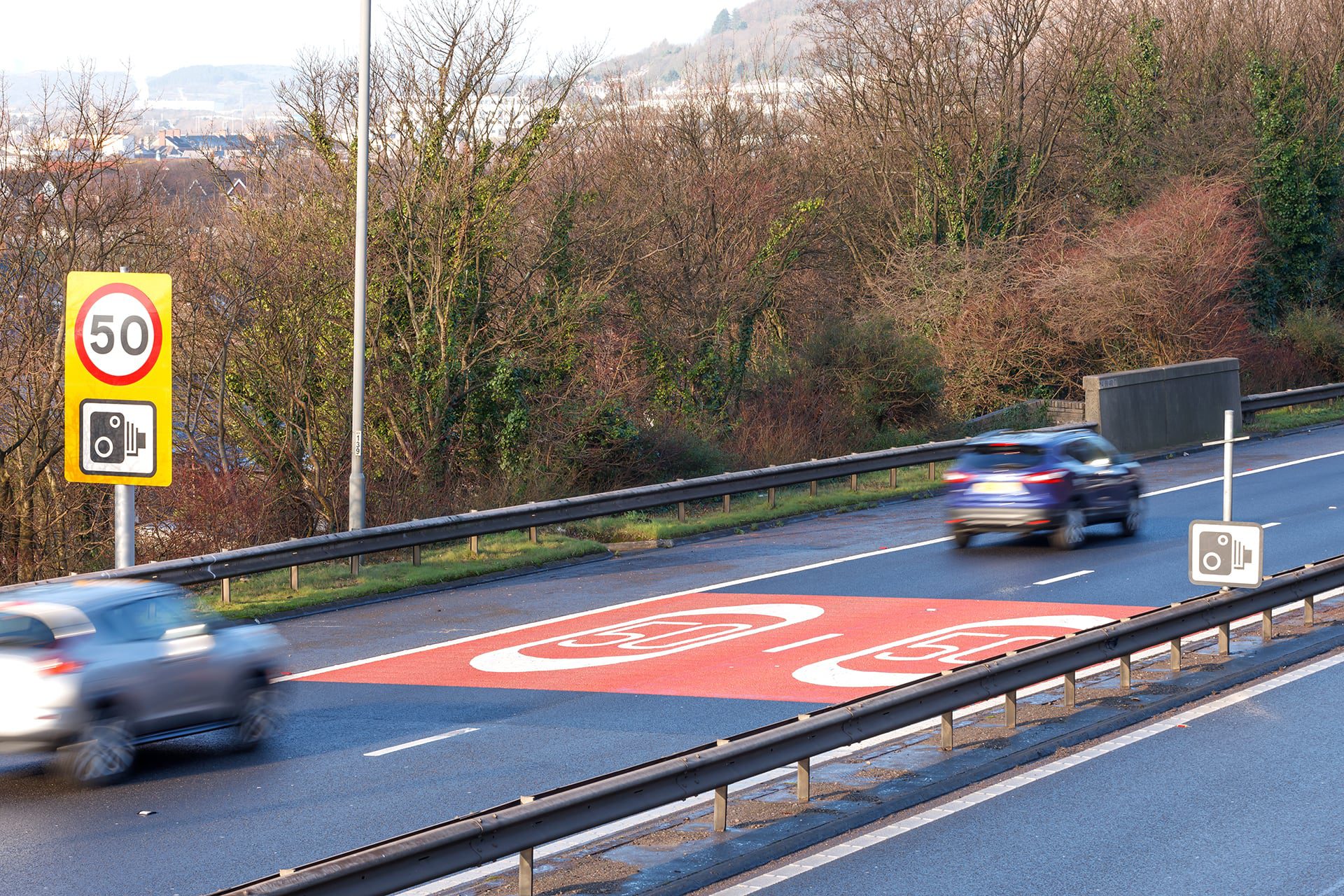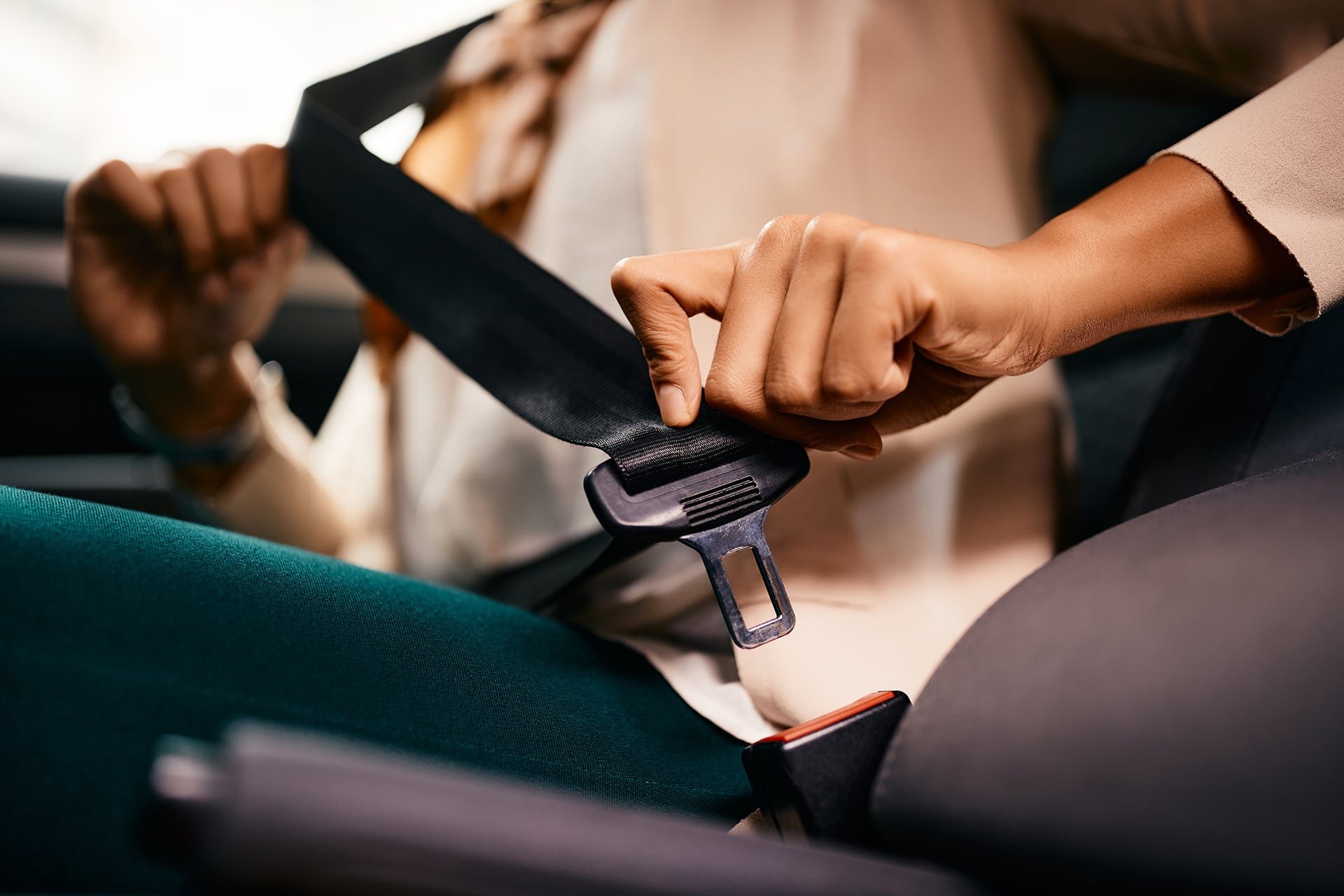As a learner driver in the UK, to pass your driving test, you need to complete both a theory and practical examination. The theory test is taken before your practical test and consists of two elements: hazard perception and a multi-choice questionnaire, both taken via computer at a specialist theory test centre.
To give yourself the best chance of passing, it’s a good idea to revise and complete the multiple practice questions beforehand. There are also a number of online hazard perception practice tests which you can complete for free or purchase to help you to become familiar with the format.
It’s also important to remember that you’ll need to book and pass your practical test within two years of completing the theory test, otherwise you’ll need to take it again.
If you’re wondering what you have to do on a driving test, then fear not. To help to prepare you for the big day, we’ll take a look at exactly what happens on a driving test and the different elements that make up the examination.
The UK practical driving test
The practical driving test in the UK is made up of five separate parts and lasts for around 40 minutes. As well an initial eyesight test, in which you’ll be asked to read a number plate from a distance of approximately 20 metres, you’ll need to complete a number of sections.
‘Show me, tell me’ questions
These questions are designed to assess your knowledge of the car’s safety. The ‘show me’ part will usually be asked as you’re driving and includes one of seven questions, requiring you to show the examiner how to perform a function such as washing the windscreen or setting the demister.
The ‘tell me’ aspect involves explaining to the examiner how you would check for certain safety points such as the tyre pressures or headlights. Some of these questions involve having to open the bonnet and explain the specific process, so this question is likely to be asked before you take the driving seat.
It’s a good idea to become familiar with all of the potential questions and answers and be able to identify the car’s functions so that you can be as confident as possible on the day.
Driving test manoeuvres
Once you’re on your practical test, you’ll be asked to perform a variety of manoeuvres. These include:
- Reversing your vehicle – this could involve either parallel parking, reversing at the side of the road or into a parking space, so make sure that you’re familiar with each one and practice regularly before taking your test
- Pulling over – the examiner will ask you to pull over at the side of the road and drive away. This could include behind a parked car and/or on a hill
- Emergency stop – you are not always required to do this on a driving test in the UK but you could be told to complete an emergency stop, if it’s safe to do so.
Your driving ability
It goes without saying that you’ll be examined on your general driving ability. You’ll be asked to drive on a variety of roads, depending on where your test takes place. And it’s worth remembering that conditions could be variable on the day of your test so try to get as much experience as possible of driving in multiple kinds of weather.
Driving independently
The UK practical driving test also consists of 20 minutes driving using either road signs or a sat-nav. This is to show that you’re capable of driving independently; however, you won’t be given a fault for going off-route and your examiner will give directions to get back on track.
What do you need to pass your driving test in the UK?
You’ll be given a pass as long as you get no more than 15 minor driving faults and no major or dangerous faults. Some minor faults could include:
- Failing to check mirrors when moving off or turning at a junction
- Failing to signal correctly
- Stalling
- Driving too slowly for the road conditions or hesitating
- Touching the kerb when performing one of your driving test manoeuvres.
Major faults can also be classed as serious or dangerous faults and, if you receive any of these, it will result in a fail. Any dangerous driving will result in a major fault but some examples include:
- Failing to observe at junctions correctly
- Lack of steering control
- Mounting the kerb during a driving test manoeuvres
- Failing to stop at a red light
- Dangerous road positioning.
In serious cases, if you make a dangerous fault, the examiner could end the test immediately for safety reasons.
What happens if you fail your UK driving test?
If you fail, you can book another test, but you’ll need to make sure that it’s 10 or more working days afterwards. You’ll be told the reason for failing so it’s worth taking the time to practice across any areas for which you were marked down before re-taking the test.
Ready to take your test?
To have the best possible chance of passing your UK driving test, it’s a good idea to get as much prior driving experience as possible. While it’s important to choose a reliable driving instructor, it’s also a great idea to get some extra practice with a friend or family member. If you’re learning in someone else’s car, though, don’t forget to make sure that you’re fully covered with a comprehensive insurance policy.
Dayinsure can help you to stay protected with temporary learner insurance that can cover you from one day to five months – so what are you waiting for? Get a quote today and get behind that wheel!



